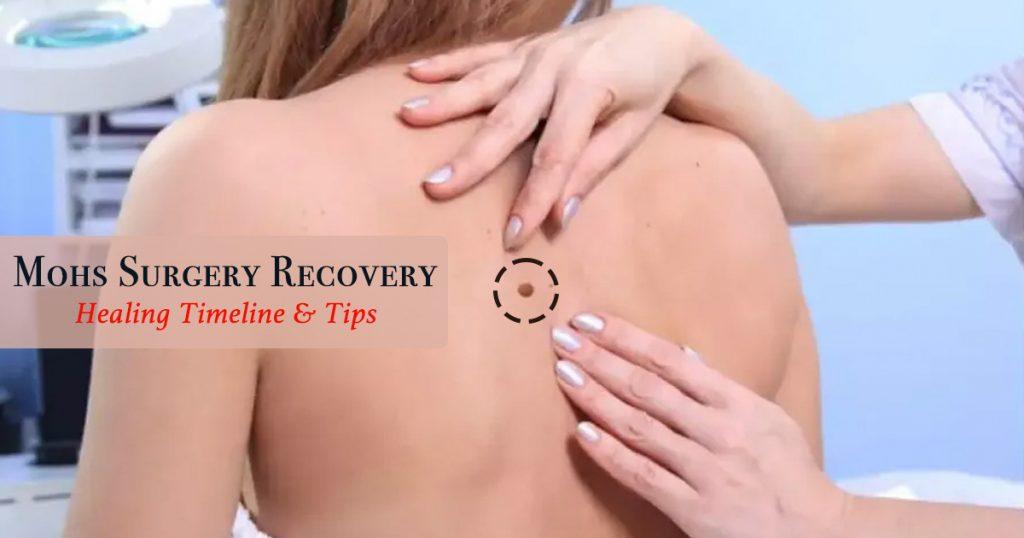Skin cancer is a very common type of cancer that affects millions of people worldwide every year. It happens when skin cells start growing too fast, often because of too much exposure to UV rays from the sun or tanning beds. This kind of cancer can have serious effects on people’s lives, causing both physical changes and emotional distress. In severe cases, it can even be life-threatening. Studies show that catching skin cancer early and starting treatment right away can greatly improve the chances of recovery.
Skin cancer comes in various forms, including melanoma, squamous cell carcinoma, and basal cell carcinoma. The most common and typically less dangerous types of carcinomas are basal and squamous cell carcinomas. However, because melanoma can spread to other body parts, it is a more serious condition. It is crucial to use sunscreen, dress in protective gear, and stay out of the sun during peak hours to help prevent skin cancer. But if these methods don’t work and cancer develops, there are various treatments available to tackle it.
Treatments for Skin Cancer: Mohs Surgery
Depending on the kind and extent of the cancer, there are various options for treating skin cancer. Common treatments include surgical excision, radiation therapy, cryotherapy (freezing cancer cells), and topical medications. Every approach has advantages of its own and is selected according to the patient’s particular requirements.
Mohs surgery is especially useful in treating some forms of skin cancer. Mohs surgery is a highly precise surgical method used to treat skin cancer, particularly when the cancer is in areas like the face, where maintaining one’s appearance is crucial. A single-stage excision of thin layers of cancerous skin tissue is required for this procedure. After that, every layer is scrutinized under a microscope for the presence of cancer cells. This process is repeated until no cancer cells are found.
The impact of Mohs surgery is significant for those with skin cancer, as it offers high cure rates and minimizes the removal of healthy tissue, which helps in preserving the appearance and function of the skin. This meticulous approach ensures that all cancerous cells are removed while sparing as much healthy tissue as possible, reducing the chances of recurrence and the need for further treatment.
Mohs surgery not only addresses the cancer effectively but also helps in maintaining the patient’s quality of life by minimizing scarring and other potential complications.
Post-Surgery Care for Mohs Surgery
After Mohs surgery, it’s important to follow your doctor’s instructions for a smooth recovery. The healing process can differ depending on where the cancer was removed, like the face or scalp. No matter the location, looking after the surgical site is key to healing and avoiding problems.
To start, keep the area clean and protected. It is normal to experience some swelling and redness, which should go away with time. As directed by your physician, change the bandage once or twice a day to prevent infection.
If the surgery was on your face, you might need to be extra careful to keep it looking and working well. Try to avoid heavy activities and protect your skin from the sun with hats and sunscreen to help heal and reduce scars.
Recovery Process from Mohs Surgery: Key Steps and Tips
Pain after Mohs surgery usually lasts for a few days to about a week. It should gradually lessen as you heal.
- Follow Doctor’s Instructions: Stick closely to the care guidelines your healthcare team gives you.
- Keep the Area Clean and Protected: Clean the site regularly and change bandages as advised, usually once or twice daily.
- Manage Swelling and Redness: Swelling and redness are common at first. Use ice packs if recommended to help reduce this.
- Extra Care for Facial Surgery: If your face was treated, be gentle. Don’t rub or scratch the area.
- Avoid Strenuous Activities: Avoid heavy lifting or tough exercise to prevent reopening the wound.
- Sun Protection: Keep the area safe from the sun with hats or sunscreen, especially if it’s exposed, like the face.
- Monitor Healing Progress: Healing starts in a week or two, but full recovery, including scar fading, can take months.
- Scar Care: Use treatments like silicone gel sheets or creams to help scars fade.
- Frequent Follow-Ups: Attend every follow-up visit to guarantee appropriate healing and talk to your doctor about any concerns.
Following these steps will help your body heal well and give you the best results from your Mohs surgery. The wound usually starts to heal in a week or two, but it may take several months to fully heal, especially if there are scars. Using recommended scar treatments can improve how scars look over time.
Addressing Post-Surgery Concerns
It is crucial to contact your doctor right away if you experience any problems following Mohs surgery. Here are some potential problems that could need attention:
- Excessive Bleeding: If the site bleeds more than expected, seek medical advice.
- Infection Symptoms: Be alert for any changes in warmth, redness, or pus, as these could be signs of an infection.
- Severe Pain: You should talk to your doctor if your pain does not improve after taking medication.
- Unexpected Changes: Any unusual changes in your healing should be reported promptly.
It’s essential to keep a close eye on how you’re healing and contact your healthcare provider if anything seems wrong. Your medical team will take care of any concerns you may have and support you during your recuperation.
In conclusion, taking care of yourself after Mohs surgery is crucial for healing well and avoiding problems. You can aim for the best recovery by following your doctor’s instructions, monitoring your healing, and addressing any concerns as they arise. Being proactive and aware during your recovery not only helps healing but also supports your overall health. Throughout this process, keep in mind that your healthcare team is your ally, available to support and advise you.
